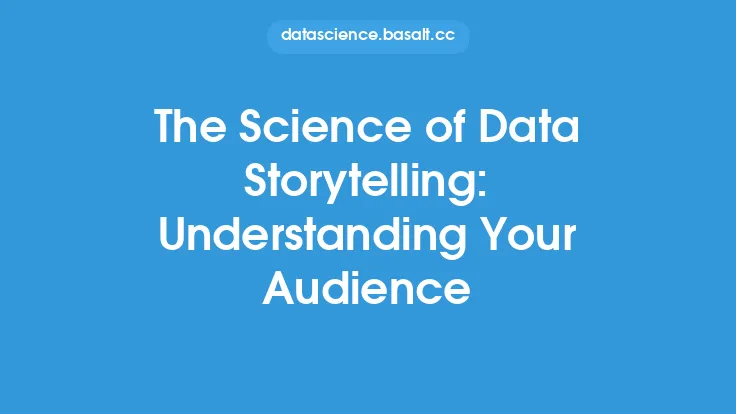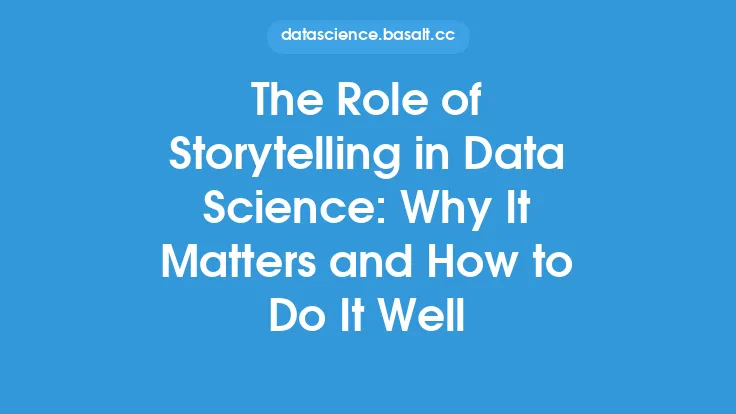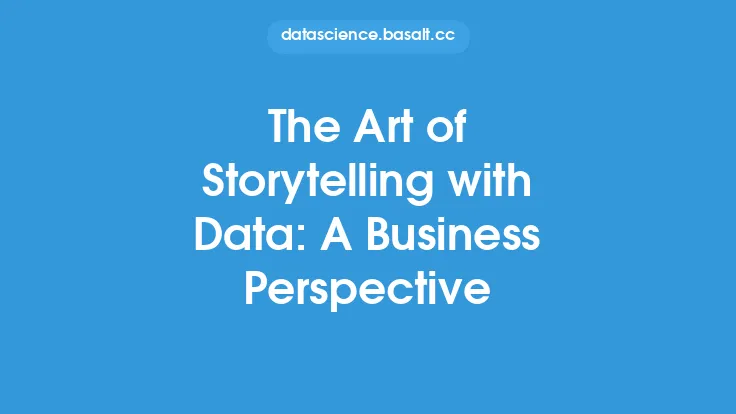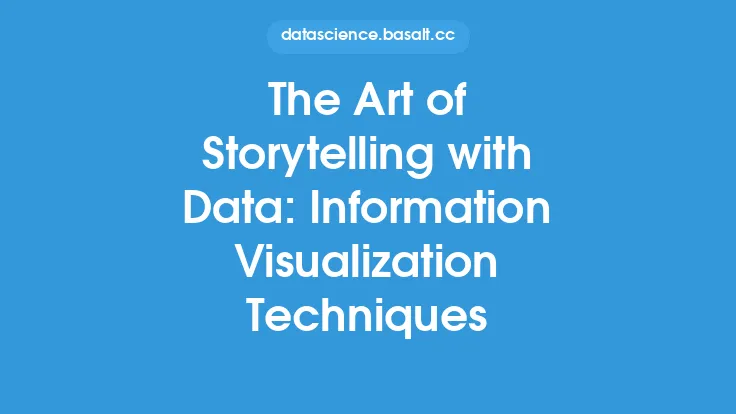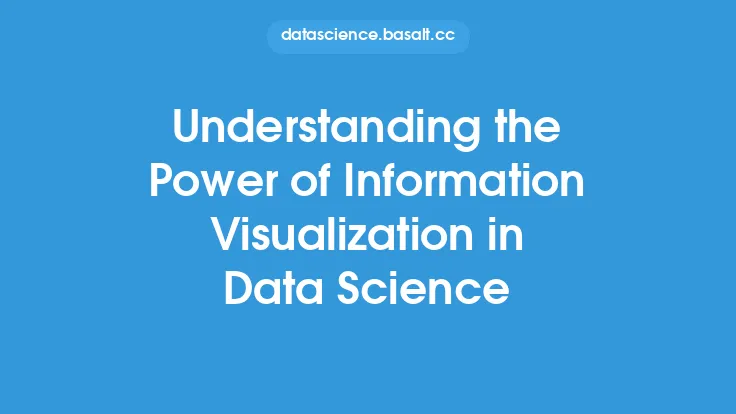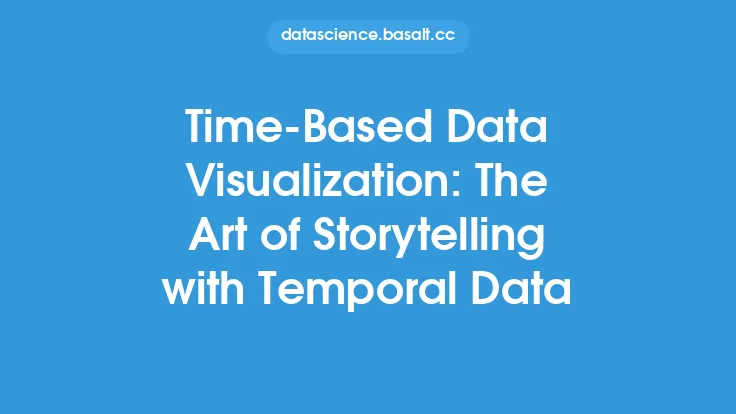Understanding the intricacies of storytelling with data begins with a fundamental principle: knowing your audience. The effectiveness of data-driven narratives hinges on the ability to communicate complex information in a manner that resonates with the intended recipients. This involves not just presenting data, but crafting a story around it that is both informative and engaging. To achieve this, it's essential to delve into the science behind audience understanding and how it applies to data storytelling.
The Psychology of Audience Engagement
The psychology of audience engagement is a critical aspect of data storytelling. It involves understanding how people perceive, process, and retain information. Research in cognitive psychology suggests that humans are more likely to remember stories than facts and figures. This is because stories have the power to evoke emotions, create connections, and provide context, making the information more relatable and memorable. When presenting data, incorporating narrative elements such as characters, conflicts, and resolutions can enhance audience engagement and facilitate a deeper understanding of the information being conveyed.
Demographic Analysis for Tailored Storytelling
Demographic analysis plays a pivotal role in understanding the audience. Different demographics may have varying levels of familiarity with data, different preferences for how information is presented, and distinct interests. For instance, a technical audience may appreciate detailed, data-rich presentations, while a non-technical audience may require more simplified, visually oriented storytelling. Conducting demographic analysis helps in tailoring the narrative to the specific needs and preferences of the audience, thereby increasing its impact and effectiveness.
The Role of Empathy in Data Storytelling
Empathy is a crucial element in the science of storytelling with data. It involves understanding the audience's perspective, their challenges, and what resonates with them emotionally. By incorporating empathetic elements into data narratives, storytellers can create a connection with their audience, making the information more personal and relevant. This can be achieved by using real-life examples, anecdotes, or case studies that reflect the audience's experiences or concerns, thereby making the data more accessible and meaningful.
Technical Aspects of Data Storytelling
From a technical standpoint, data storytelling involves a range of tools and methodologies. Data visualization is a key component, as it enables the presentation of complex data in a clear, concise, and visually appealing manner. Tools such as Tableau, Power BI, and D3.js offer a variety of visualization options, from simple charts and graphs to interactive dashboards and maps. Additionally, statistical analysis and machine learning techniques can be used to uncover insights and patterns within the data, which can then be woven into the narrative. Understanding the technical capabilities and limitations of these tools is essential for effective data storytelling.
Crafting the Narrative
Crafting the narrative is where the art and science of storytelling with data converge. It involves taking the insights and findings from the data analysis and shaping them into a compelling story. This includes setting up a clear structure, complete with an introduction, build-up, climax, and conclusion. The narrative should be concise, yet detailed enough to convey the key messages and support them with evidence from the data. Furthermore, the story should be told in a way that is authentic, transparent, and honest, acknowledging limitations and uncertainties where appropriate.
Measuring Success and Feedback
Finally, measuring the success of data storytelling efforts and incorporating feedback is vital for continuous improvement. This can involve tracking engagement metrics, such as views, clicks, and shares, as well as conducting surveys or focus groups to gather more qualitative feedback. By understanding what resonates with the audience and what does not, storytellers can refine their approach, making adjustments to the narrative, visuals, and technical aspects to better meet the audience's needs and preferences.
In conclusion, the science of storytelling with data is deeply rooted in understanding the audience. By applying principles from psychology, conducting demographic analysis, incorporating empathy, leveraging technical tools, crafting compelling narratives, and measuring success, data storytellers can create engaging, informative, and impactful stories that drive insight and action. As data continues to play an increasingly important role in decision-making across various sectors, the ability to tell effective stories with data will become a critical skill, enabling individuals and organizations to communicate complex information in a way that resonates with their audience.
